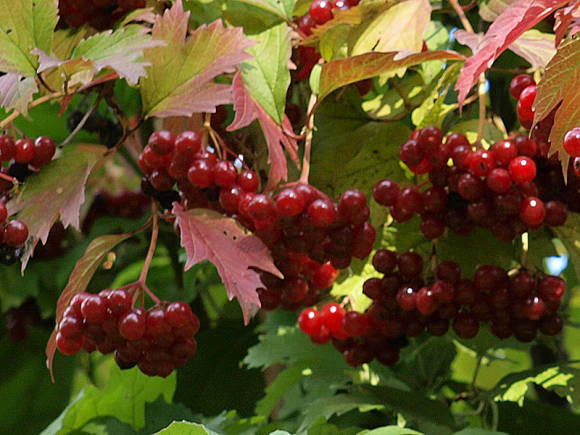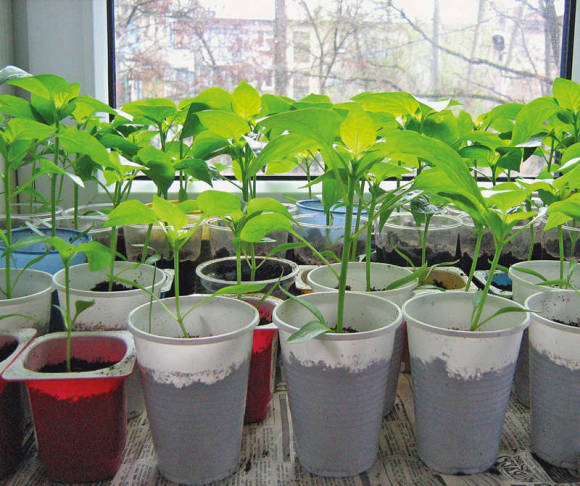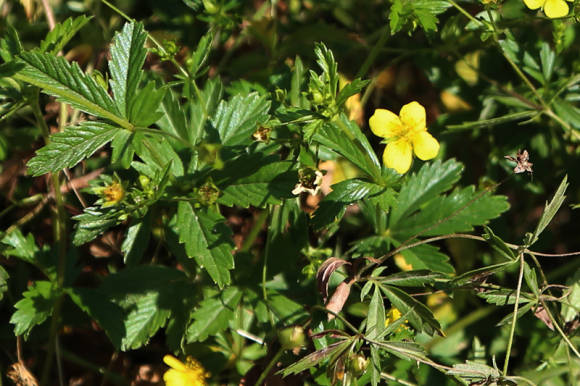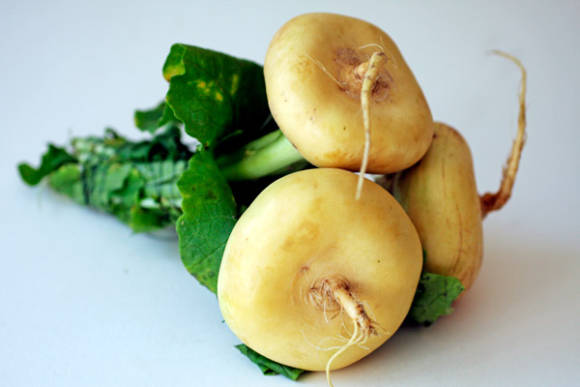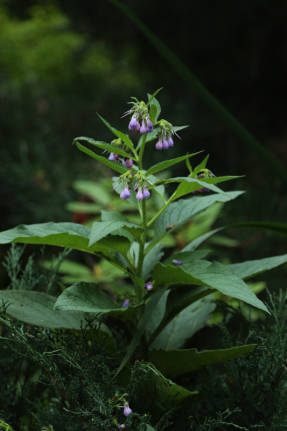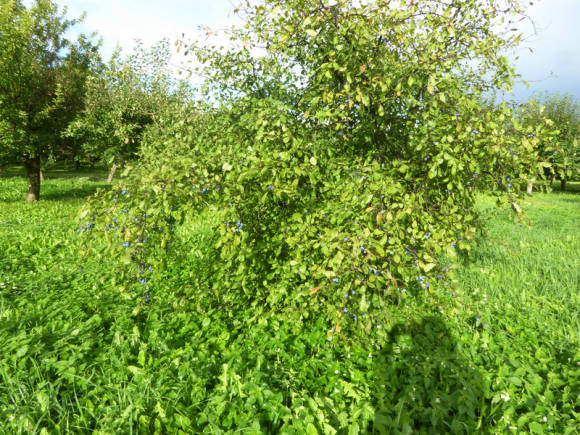
Costa Rican scutellaria, or Costa Rican skullcap (Scutellaria costaricana) syn. Mocinian's scullcap (Scutellaria mociniana), belongs to a rather large genus Shlemnik (Scutellaria) family Lipocytes (Lamiaceae). Representatives of the genus, and according to the latest data, there are 468, are distributed almost all over the world, except for Antarctica, of which about 98 are in China, several species are in tropical Africa and 1 is an endemic species in New Zealand. Many species of skullcap also grow on the territory of Russia, but the most famous of them is the skullcap Baikal (Scutellaria baicalensis), which is a valuable medicinal plant.
The Costa Rican scutellaria is the only one of the genus used in indoor culture.
 |  |
The name of scutellaria is derived from Latin scutellum (scutellum, shield). The upper lip of the flower of all skullcaps has a transverse scale-like fold - a scutellum or a saccular depression. The specific name Costa Rican reflects its natural range. This species was first discovered in Costa Rica and described by the famous botanist and head of the botanical garden in Hanover (Germany) Hermann Wendland. A good taxonomist and a great connoisseur of palm trees, he undertook a year-long journey across Central America in 1856-57, during which he collected herbarium and living specimens of 130 plant species. He was the first to describe and systematize the already known species of palms and other plants, and brought new ones to Europe, which ended up in the botanical gardens of Hanover, Kew, Paris, Berlin, Munich and Vienna. Under natural conditions, Costa Rican scutellaria also grows in Panama and Mexico.
In nature, this is a perennial light-loving dwarf shrub with slightly woody stems up to 1 m in height, which, in search of light, can lie down and resemble a ground cover liana, strewn with bright orange-red protruding tubular flowers collected in apical inflorescences. In indoor and greenhouse culture, a natural species with orange flowers is grown, as well as its forms with scarlet, crimson, golden, creamy white flowers.
 |  |
In our country, this interesting plant remains quite rare, despite its unpretentiousness and high decorative qualities. A limitation to its wide distribution is the need for periodic renewal by cuttings and cultivation as an annual or biennial.
In indoor culture, the plant reaches a height of 20-60 cm. Stems are tetrahedral, characteristic of labiates due to the opposite arrangement of leaves. Heart-shaped elliptical leaves with a dense green comb edge have a beautiful relief matte surface. When rubbed, they rustle like paper. The essential oil glands of this plant, like all skullcaps, are absent, unlike most labiates, so the leaves do not smell. The flowers are also odorless; they are formed in the axils of the upper leaves and are collected in spike-shaped inflorescences, in buds resembling cones in shape. Blossom alternately, from top to bottom, due to which flowering is very long. The structure of flowers is not quite typical for labiates - they are two-lipped, with a long, up to 6 cm, red-orange tube, compressed from the sides and forming an angle on the upper part of the flower. The rim folds are yellow, almost completely closed and folded so that they resemble a helmet in shape. For its bright flowers in English-speaking countries, the plant received a second name - Scarlet skullcap (Scarlet Sculellaria).
Costa Rican scutellaria is photophilous, but does not tolerate direct sunlight. For her, windows of east, south, west orientation are suitable. With a lack of light, the color of the flowers fades. Optimal temperature conditions for development are in the range from +16 to + 200C, although for a short time the plant can tolerate an increase in temperature up to + 290C.
Cold is much more dangerous for scutellaria.As a true Tropicana, it does not tolerate temperatures below + 150C and hypothermia of the root system, to which it reacts with the death of roots. You cannot put pots with plants on a cold metal, stone, tile, concrete surface, in such cases, cork or wood coasters can serve well.

Priming
Scutellaria soil must be drained to prevent moisture stagnation, and have a light, breathable structure, which can be achieved by adding perlite or sand.
The optimal composition of the soil mixture: 1 hour of good garden soil, 1 hour of washed river sand, 1 hour. perlite, 1 tsp peat or leaf humus (compost). The acidity of the substrate should be 5.5. You can also use purchased acidic soil with the inclusion of perlite, and even universal, since scutellaria tolerates a slightly acidic reaction and is tolerant of neutral.
Care
It is necessary to water the scutellaria regularly, but in moderation, preventing the soil from drying out during the flowering period. In winter - less often, once a week. Constantly spray the plant over the leaves, trying not to fall on the flowers. Maintain a high, at least 50%, air humidity, otherwise the buds dry out, and the plant becomes susceptible to spider mite damage. No other pests and diseases were observed on this plant. Water for irrigation and spraying should be used slightly warmer than the air temperature, well separated from alkaline impurities so that it does not leave stains on the leaves. To increase the humidity, the pot with the plant is recommended to be placed on a drainage saucer filled with expanded clay, pebbles or gravel. Any method of increasing humidity will come in handy - bowls with water next to the plant, wet towels on batteries, a household humidifier. With a lack of moisture and dry air, the flowers-tubes hang and the lower leaves wither, and if the plant is not watered in time, they dry up. Excess moisture causes the appearance of dark spots on the leaves and their subsequent death.
Flowering lasts from May to July, and if the scutellaria is satisfied with the temperature and lighting - almost all year round. It is very important to provide access to fresh air by regularly ventilating the room so that the plant is not exposed to drafts.
During the period of active vegetation and flowering, every 2 weeks it is necessary to fertilize with liquid fertilizer for flowering plants containing humates, or occasionally replace mineral fertilizers with organic ones, adding "Biohumus" or "Lignohumate".
At least once every 2 years, a spring plant transplant is required, which is combined with pruning, and the cuttings are used for reproduction. Pruning should not affect the tops of the shoots, on which the inflorescences are formed.
To keep the height and maintain compactness, scutellaria can be periodically treated with retardants, for example, "Etamon" on the leaves or "Athlete" at the root, which is especially important in low light conditions.
 |  |
Reproduction
Cuttings left over from spring pruning, or cut during the summer, are rooted in a mixture of peat and perlite, covered on top with a plastic bag tied with an elastic band, or a plastic bottle without a bottom. The optimum rooting temperature is + 22 + 250C, bottom heating is desirable (for example, a warm window sill) and diffused light. Young plants that have developed from cuttings are pinched over 4 leaves to enhance branching and planted in pots with a diameter of 15 cm, 3 pieces each.
Costa Rican scutellaria looks great both as a single plant and against the background of light green ferns that require similar conditions of detention. On my windowsill, it echoes with scarlet plumes of inflorescences with red-leaved Aglaonema Vesuvios, thin brown shoots of Müllenbeckia and fluffy Tradescantia.

Photo by the author

